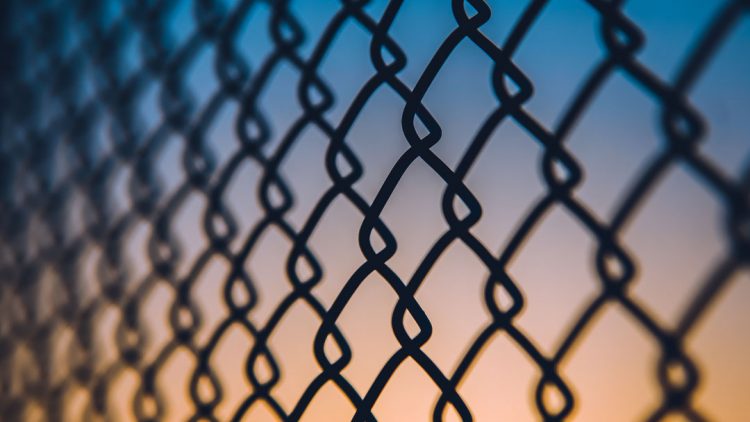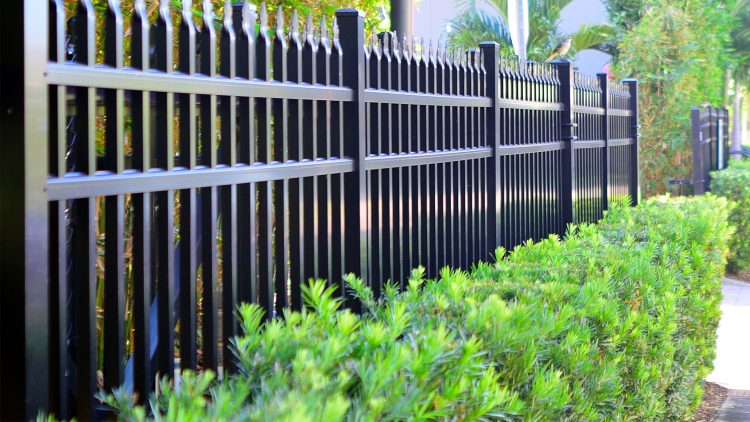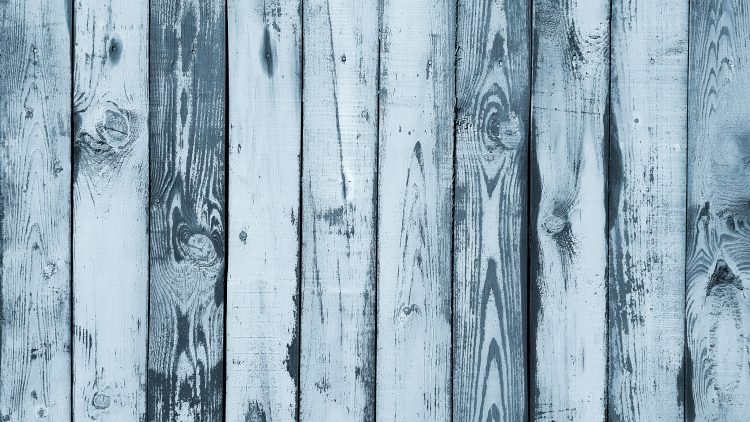Can You Repair Chain Link Fences?
People in Arizona like chain link fences because they last a long time, are cheap, and don’t need much care. But with time, even the strongest chain link fence might have problems because of the weather, wear and tear, or damage that happens by mistake. Most of the time, you can fix a chain link fence without having to buy a new one. Read on to learn more.
Common Chain Link Fence Problems
Chain link fences are made to last, however they often need to be fixed for a few reasons:
- Posts that are bent or broken.
- Posts can tilt or bend if they are hit by a car, the earth shifts, or they rust at ground level.
- Mesh that is loose or drooping.
- Rust can form on older galvanized fencing in Arizona because of the heat, dust, and sometimes rain.
- Gates are places where people go a lot, and they often break before the rest of the fence.
- Tension bands, ties, or top rails might come loose or fall off, which makes the fence less stable.
- Instead of replacing the whole fence, you can usually fix each of these concerns with targeted repairs.
When Chain Link Fence Repair Makes Sense
- Most of the fence is still in good shape structurally.
- Damage is only to one part or a few parts
- The posts are still there or can be reset.
- The fence is not that old.
- Professional repairs may fix things so that they work, look good, and are safe again, and they cost less than replacing them.
When Replacement May Be the Better Option
Sometimes, it’s better to replace the fence, especially if:
- Many of the posts are really rusty.
- A lot of the mesh is broken.
- The fence is ancient and falling apart.
- You wish to change the height or materials.
Chain Link Fence Repair by Professionals
Even though basic repairs may appear easy, fixing a chain link fence the right way takes the necessary tools and experience. Making sure the mesh is the right amount of tension, the posts are in the right place, and the hardware is secure will keep the fence robust and looking good.
Trust All Pro Fence AZ
AllProFenceAZ.com is where you can go for professional chain link fence repair for homes and businesses. Our team will look at your fence and give you honest advice on what to do, whether that means fixing it or replacing it completely.



